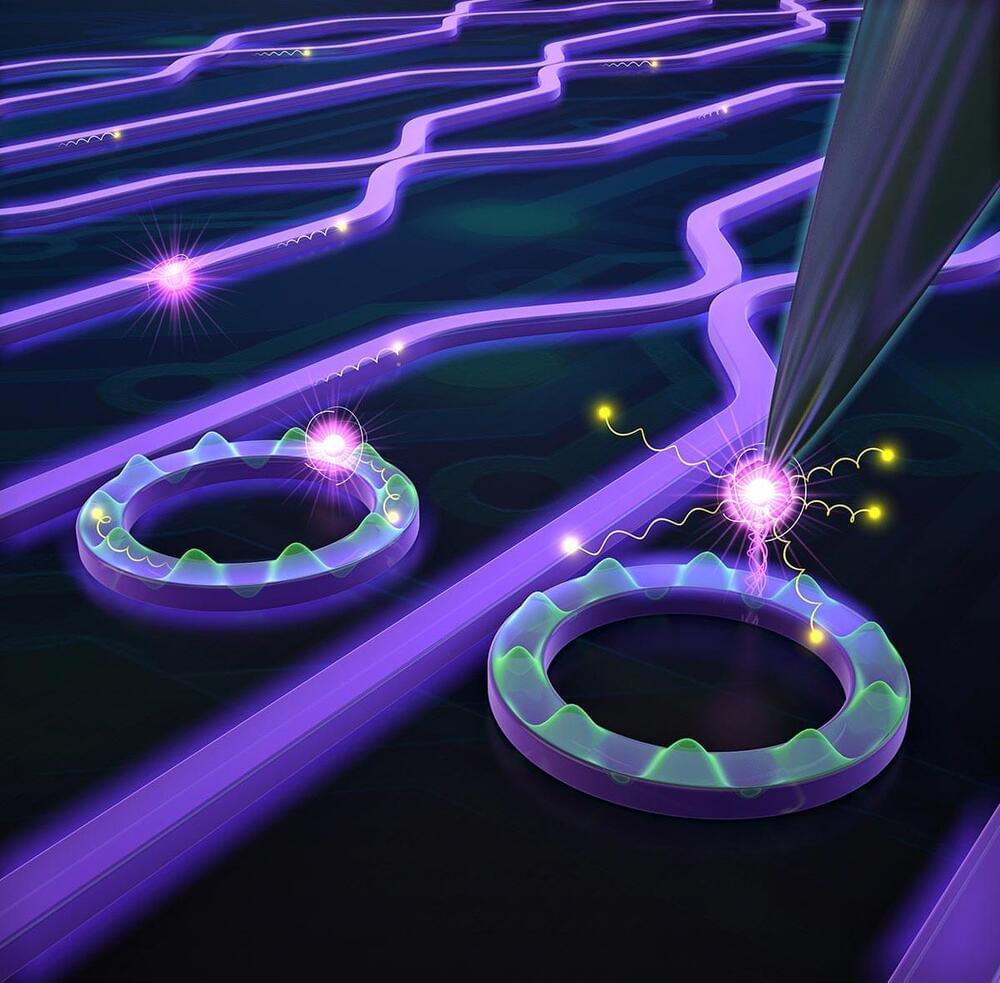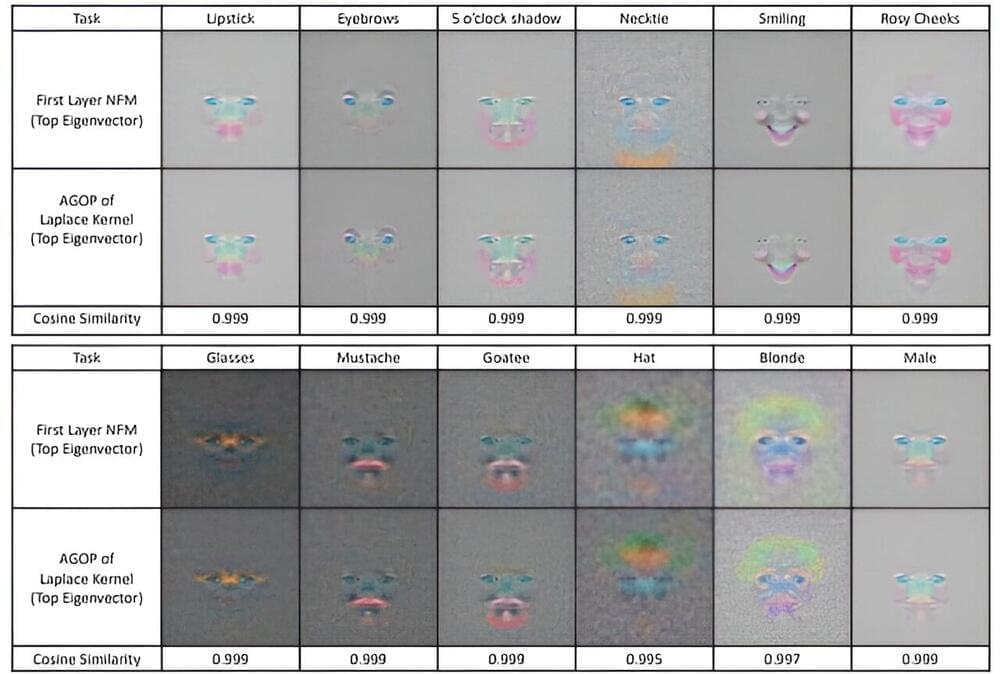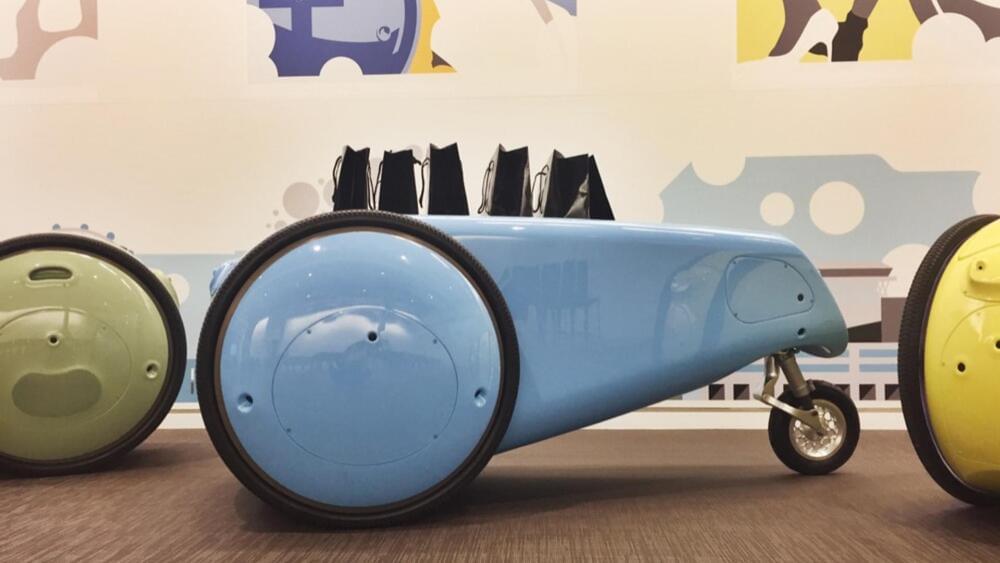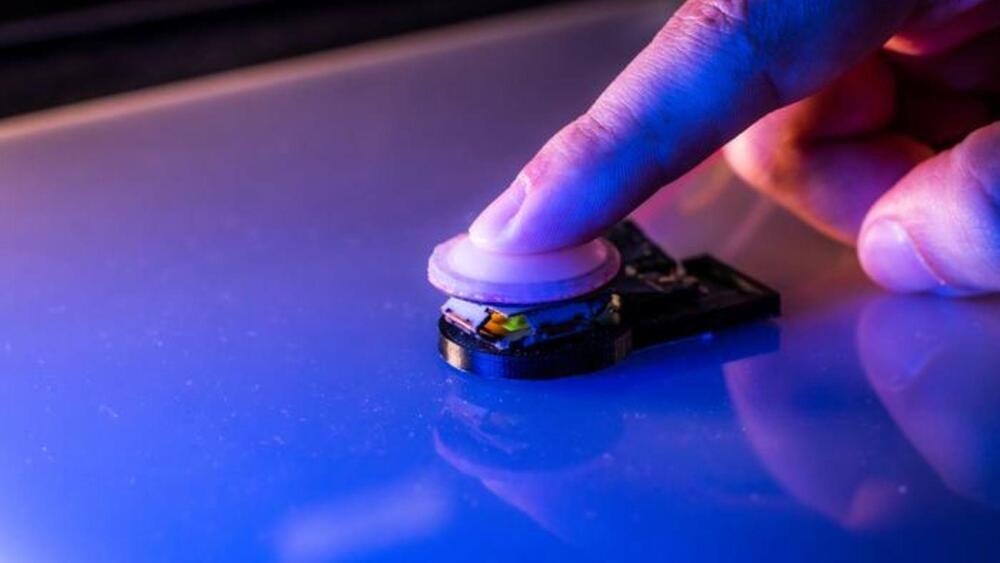A newly discovered species of prehistoric bird that lived 120 million years ago is shedding light on how modern birds evolved from their dinosaur ancestors, according to a study published last week in the journal Cretaceous Research.
The scientists who discovered the novel species gave it a name that highlights its uniqueness and pays tribute to the British naturalist David Attenborough: Imparavis attenboroughi, which means “Attenborough’s strange bird” in Latin.
What intrigues researchers is that the proto-bird lacked teeth. While no birds have teeth today, this characteristic made the species abnormal among its contemporaries, as most prehistoric birds still had teeth and claws.







